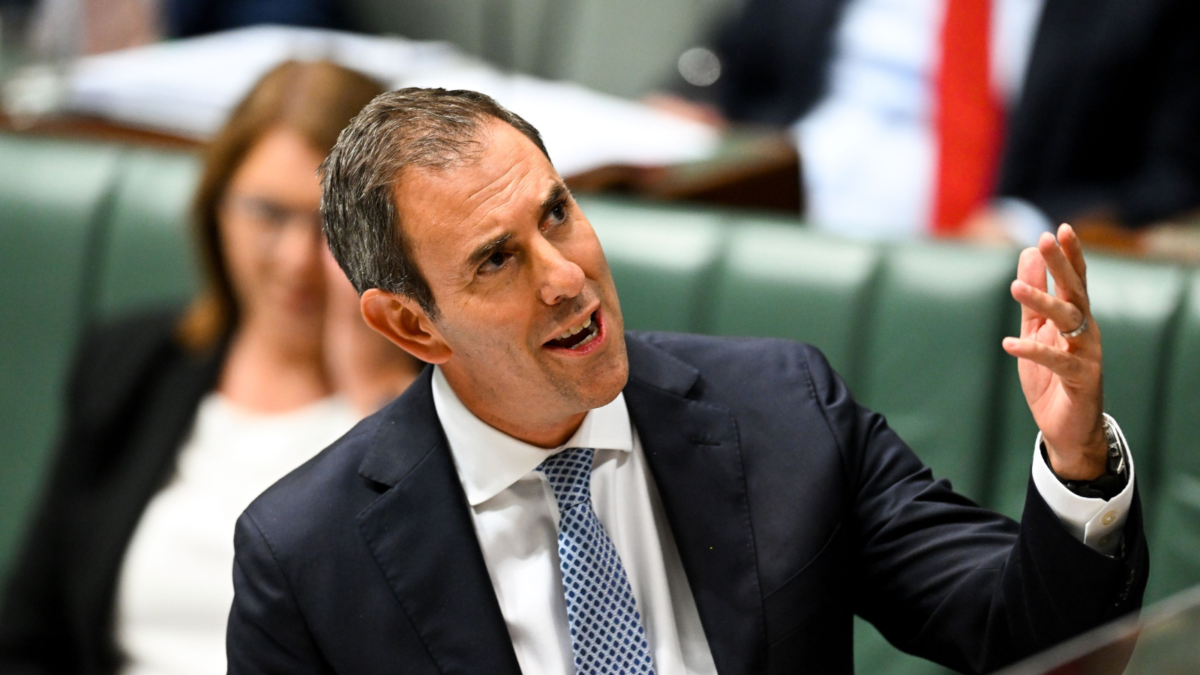How derivatives overlays can fight ‘financial repression’
Over the very long term, interest rates and share market returns have been positively correlated. It is only since the late 1990s that they have been negatively correlated for any length of time. A new research note by Michael Armitage, says investors should brace themselves for a return to the long-term normal and suggests consideration be given to derivatives overlays for portfolios.
Armitage, the principal and investment specialist at Fundlab Strategic Consulting, produced the note in collaboration with the Perennial Solutions Group, for whom he serves as a consultant, along with other fund managers. He says his aim was to show the weakness of conventional asset allocation and come up with ideas for further review and research.
Referring to recent policies starting with quantitative easing as “financial repression”, Armitage says that the near-zero interest rates around the world have eliminated the ability for bonds to provide ballast within a traditional portfolio. “Compounding upon the effect of zero rate policy, is the potential of bonds and equities reverting to a more normal and higher correlation in their returns,” he says. “As we may be ending a 20-30 year ‘golden era’ for bonds, investment managers should not be fooled by recency bias and instead prepare portfolios to be more robust for a new paradigm.”
The note says: “A 50:50 (equity and fixed income) portfolio, with current US 10-year treasury duration, requires approximately a 1 per cent drop-in interest rates to offset a 10 per cent fall in equities. At the start of 2020, US 10-year treasury rates were 1.92 per cent. Following central bank intervention to arrest market falls in the first quarter of 2020, rates are now approximately at 0.65 per cent (august 24, 2020). Given a likely zero-bound limitation for bond yields, bonds cannot provide significant capital return and investors within traditional portfolios are exposed to significantly higher risk than just a few short months ago
“As central banks globally are already at or near zero, the ability to aggressively cut rates to buffer equity portfolios no longer exists as in the tech wreck, GFC and first quarter of 2020. Unless you are banking upon deep negative interest rates, financial repression has nullified the effectiveness of fixed income as the cornerstone defensive asset allocation. Instead, bonds are more likely to act like cash, albeit with more interest rate risk if rates were to rise from these historically low levels.
“In a naive demonstration of a 50:50 stock and bond portfolio, if bonds returned a positive 20 per cent in a crisis where equity market fell 30 per cent, the overall portfolio would suffer by minus 5 per cent. However, if bonds were limited to returning a positive 5 per cent in this scenario, the portfolio would suffer a 12.5 per cent loss. As current rates limit any potential capital gains in the next market sell-off, investment managers will need to find alternative ways to replace the historical protection from bonds or simply wear higher levels of portfolio risk.”
Armitage says that institutional investment portfolios in Australia have gravitated to credit, infrastructure, and other alternatives in recent years as the expected diversification benefit from government bonds have diminished. Growing concerns for rate normalisation and the potential increase in correlation between stocks and bonds has added to the strong demand for a growing set of alternative assets and trading strategies. To meet this demand, funds have incurred higher fees, added complexity and illiquidity as trade-offs.
“However, as we have seen in all systemic events, including the first quarter of 2020; many of these alternative assets will act more like equity, failing to provide meaningful diversification benefits for a portfolio in acute periods. As a traditional portfolio’s liquid defensive countertrend allocation historically delivered from government bonds is no longer available and the over-reliance on diversification alone has proven feeble in severe tail-risk market environments, fiduciaries seeking to maintain significant exposure to growth assets will need more robust solutions to provide prudent risk management,” he says.
A better solution is to use a more robust derivatives such as those found in capital-efficient strategies designed to explicitly manage the risks within a portfolio. Portfolio overlay solutions typically include option-based strategies customised for budget and level of protection from equity market falls. With a relatively small investment, portfolios can regain potentially large convexity in falling markets. Further, the note says, derivative overlay solutions provide an influx of cash liquidity to a portfolio as markets fall, allowing investment teams to take advantage of lower prices or mitigate other liquidity demands.
A common misconception among investment professionals and stakeholders Armitage says, is that the cost of protecting a portfolio with options is high. However, an option-based strategy can be constructed with a relatively small budget and provide an overall higher compounded average rate of return. The net results over a market cycle should be used to gauge the cost/benefit of any portfolio allocation. For example, most institutional portfolios hold a value tilt within their equity allocations. This tilt may present significant cost or drag over specific periods, yet portfolio managers recognise over a longer period it is logical for fundamental value to provide outperformance and maintain their philosophy regardless of a short-term cost. Option based strategies are more advantageous in that the budget or investment outlay is known and fixed ahead of time.
A 60:40 asset allocation has had a fantastic three decades, Armitage says, predicated on the bull run in US treasuries and negative equity/bond correlation. This paradigm is under threat for various reasons, such as:
- Increasing allocation to equities, reducing allocation to bonds, and investing the increased returns in option overlay for risk mitigation, is likely to produce superior results. The expected higher level of return from a higher growth allocation can fund explicit downside protection. Its effectiveness can clearly be seen in the relative performance during the Covid-19 drawdown
- Liquidity is a factor not explored in the report, but a reminder of its importance was delivered during the Covid-19 drawdown for the super industry. Holding options effectively provides a mechanism to automatically generate cash during a drawdown, satisfying liquidity needs and providing the opportunity to reinvest at attractive levels
- To address “sequence of return” and “longevity” risks for an increasing demographic of fund members who are near and in retirement, innovation in product design that provides more explicit protection for growth exposure will be required. Derivative overlays can provide straight forward protection for existing exposure or utilised to replace physical exposure for more risk-controlled outcomes,
- Overlay design is a bespoke process that is tailored to a clients’ objective functions.











